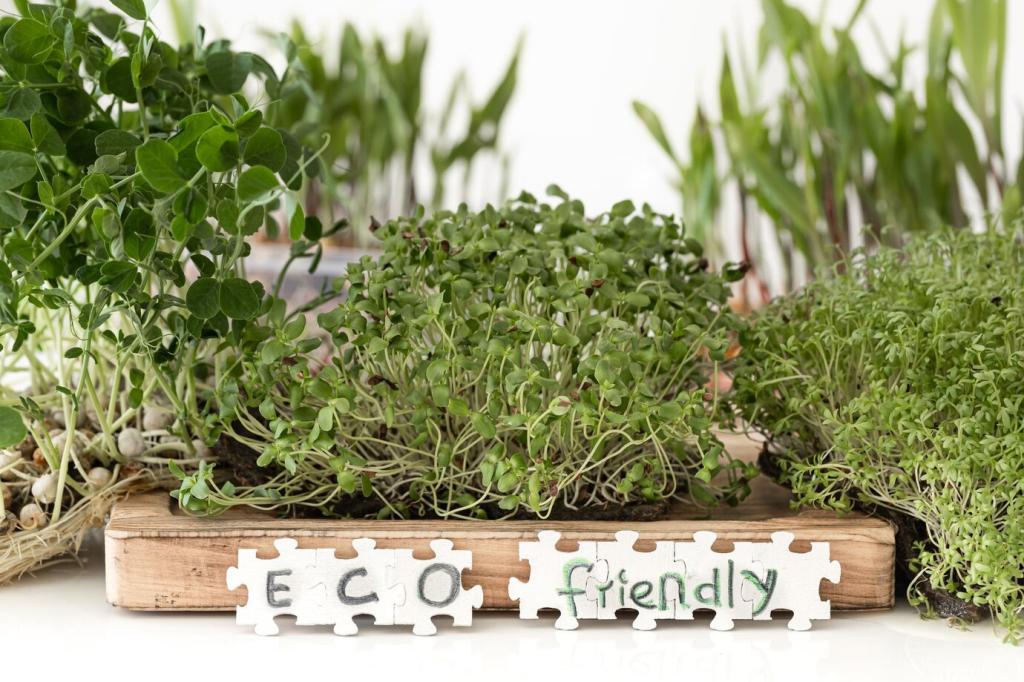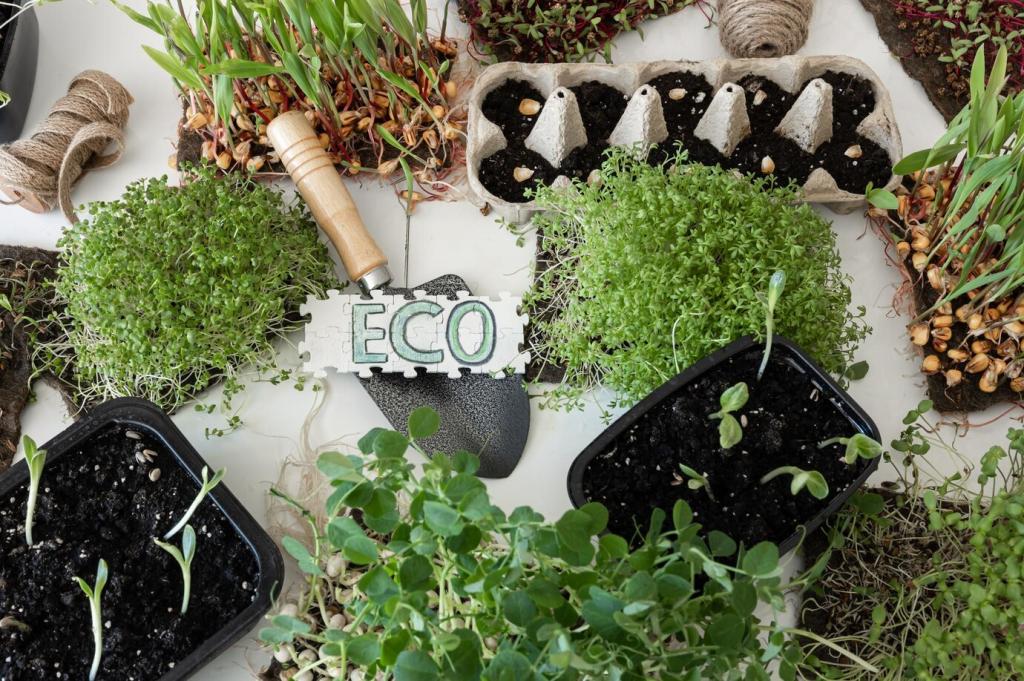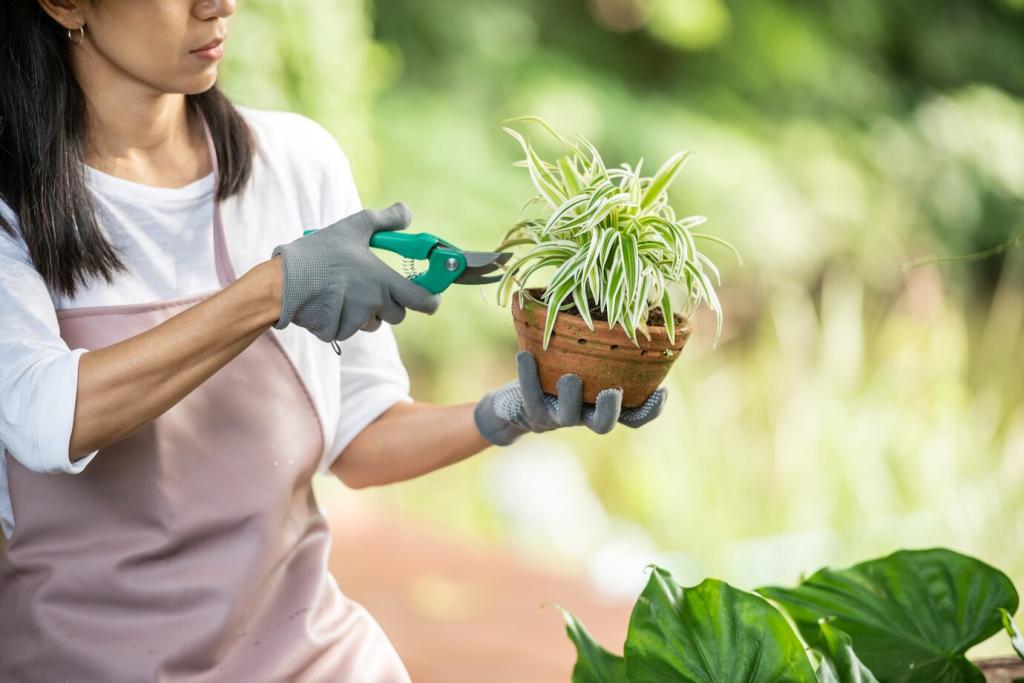
Chosen Theme: Native Plant Selection for Eco-Friendly Gardens
Welcome! Today we explore Native Plant Selection for Eco-Friendly Gardens—how to choose regionally adapted species that nurture wildlife, save water, and make beauty effortless. Stay with us, share your region in the comments, and subscribe for practical, seasonal native plant guidance.

Soil First: Pairing Native Species with Living Ground
Conduct a simple jar test to assess sand, silt, and clay proportions, then observe drainage after rain. Dry, sandy soils suit species like butterfly milkweed, while heavier clays welcome deep-rooted prairie dropseed once established.
Soil First: Pairing Native Species with Living Ground
Test soil pH and nutrients before planting. Instead of forcing big changes, select natives adapted to your baseline conditions. Subtle compost additions can help, but long-term success comes from choosing plants that already like your soil.
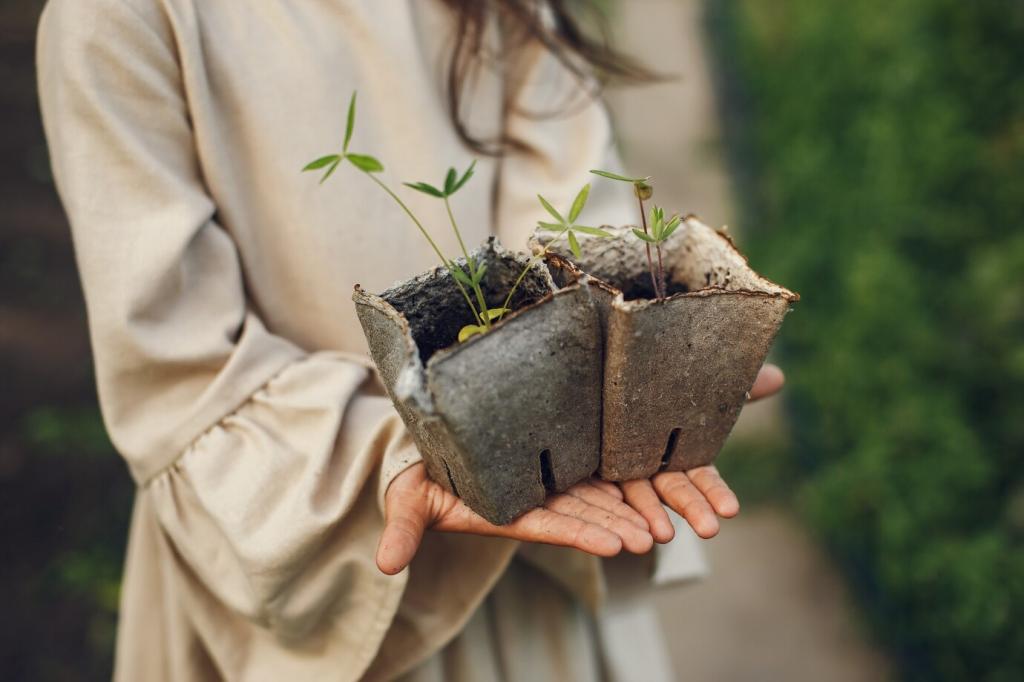

Sunlight and Shade: Right Light for the Right Native
In six or more hours of direct sun, choose prairie stalwarts like black-eyed Susan, blazing star, and coreopsis. Their deep roots weather heat, attract pollinators, and bring vibrant color that reads beautifully from porches and sidewalks.
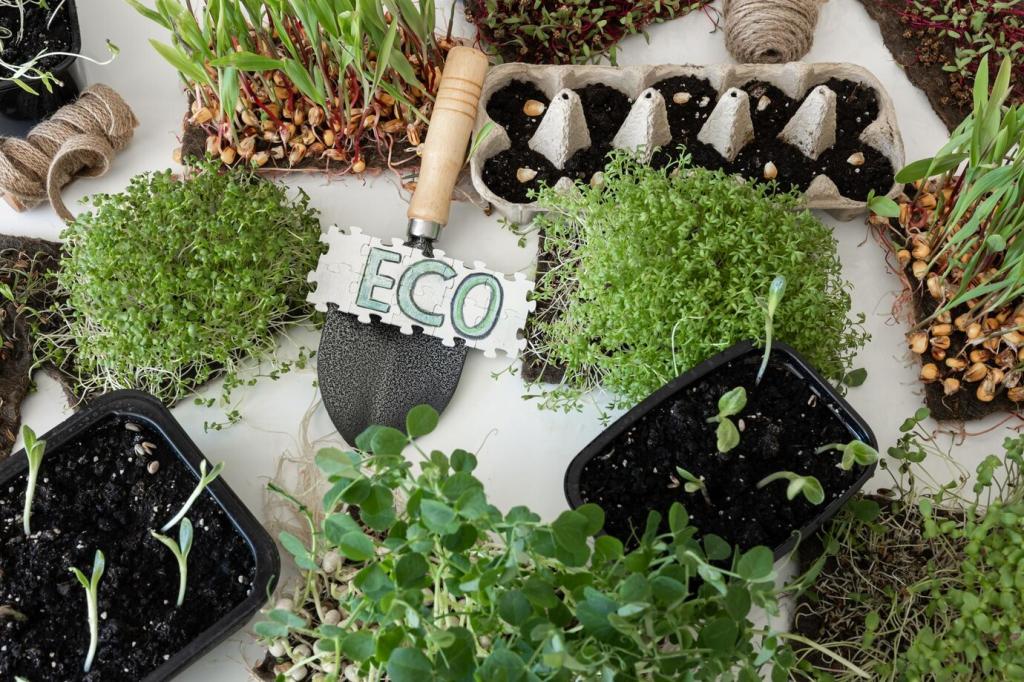
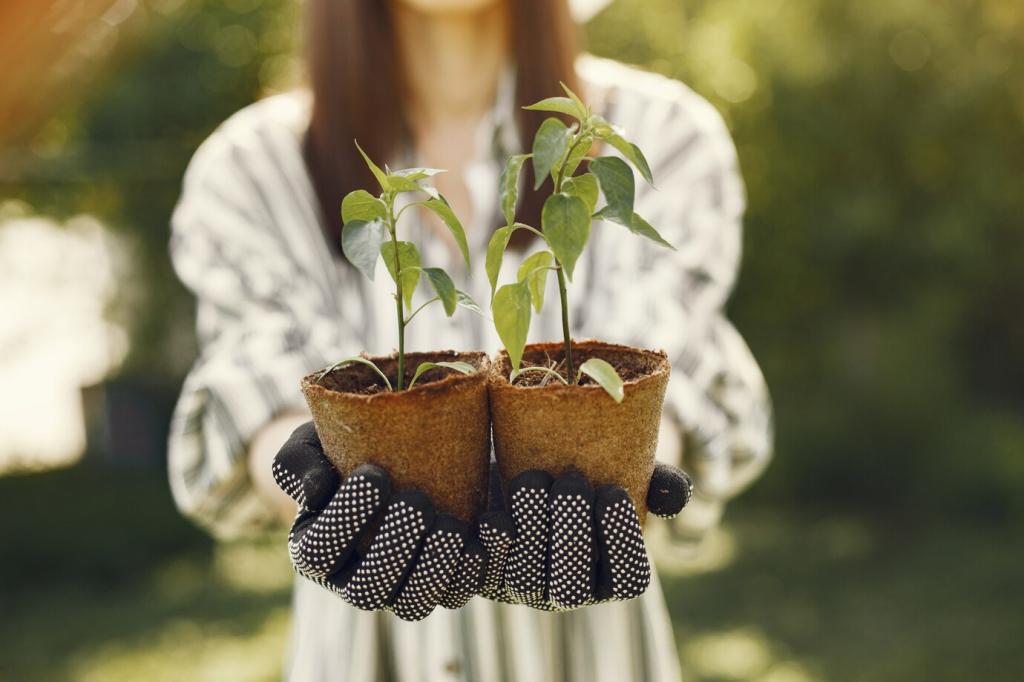

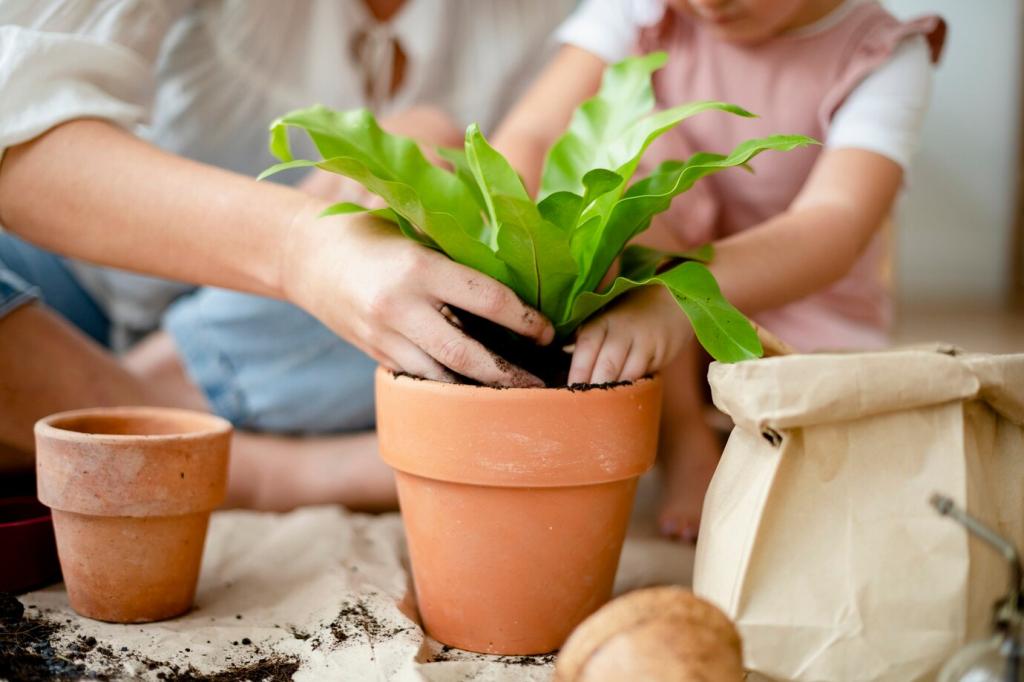
Designing for Wildlife: Pollinators, Birds, and Beneficial Insects
A Bloom Sequence That Never Leaves Anyone Hungry
Stagger early, mid, and late bloomers—spring penstemon, summer coneflower, and autumn asters—to provide continuous nectar. Even small gardens can weave a reliable buffet, improving pollinator health and reducing seasonal gaps that stress local populations.
Host Plants Grow Butterflies
Add specific host plants like milkweeds for monarchs, violets for fritillaries, and willows for many moths. Without host plants, butterflies cannot complete their life cycles. A single clump can become a teachable moment for kids and neighbors.
Seed, Shelter, and Structure for Birds
Leave seedheads on purple coneflower and little bluestem through winter. Layer shrubs and grasses to create perches and cover. Small water sources paired with berrying natives invite birds to linger, nest, and return year after year.
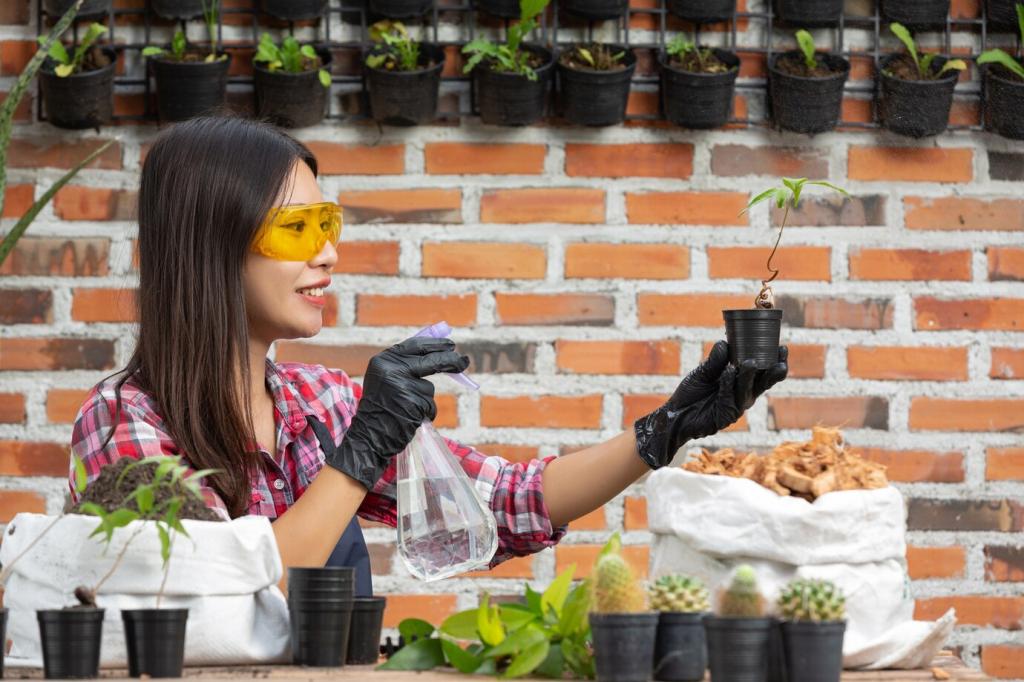
Seasonal Layers: Year-Round Beauty with Native Plant Palettes
Bloodroot, Dutchman’s breeches, and Virginia bluebells light up shady beds before trees fully leaf out. Their brief brilliance feeds early pollinators, then fades gracefully as ferns and sedges rise to take the stage and maintain coverage.
Seasonal Layers: Year-Round Beauty with Native Plant Palettes
Pair coneflower, bee balm, mountain mint, and prairie blazing star. The mix attracts bees and butterflies while giving you bold, painterly swaths. Repeating small groups ties the design together and still feels wild, welcoming, and layered.
Ethical Sourcing and Avoiding Invasives
Buy from Reputable Native Nurseries
Look for growers who avoid wild collection and provide provenance information. Regionally sourced plants often perform better. Ask about pesticide practices, especially neonicotinoids, to ensure your garden welcomes pollinators instead of inadvertently harming them.
Seeds, Plugs, or Pots—Match Your Goals
Seeds are economical for meadows and large drifts; plugs establish faster with less weeding; pots provide instant impact in focal areas. Mixing formats increases success, letting you allocate budget and time where they matter most.
Spot the Tricky Look-Alikes
Learn to distinguish native elders from invasive mimics. For example, native asters versus invasive relatives, or native dogwoods versus exotic look-alikes. When in doubt, consult local extension services. Share photos with community groups to crowdsource confident identifications.
